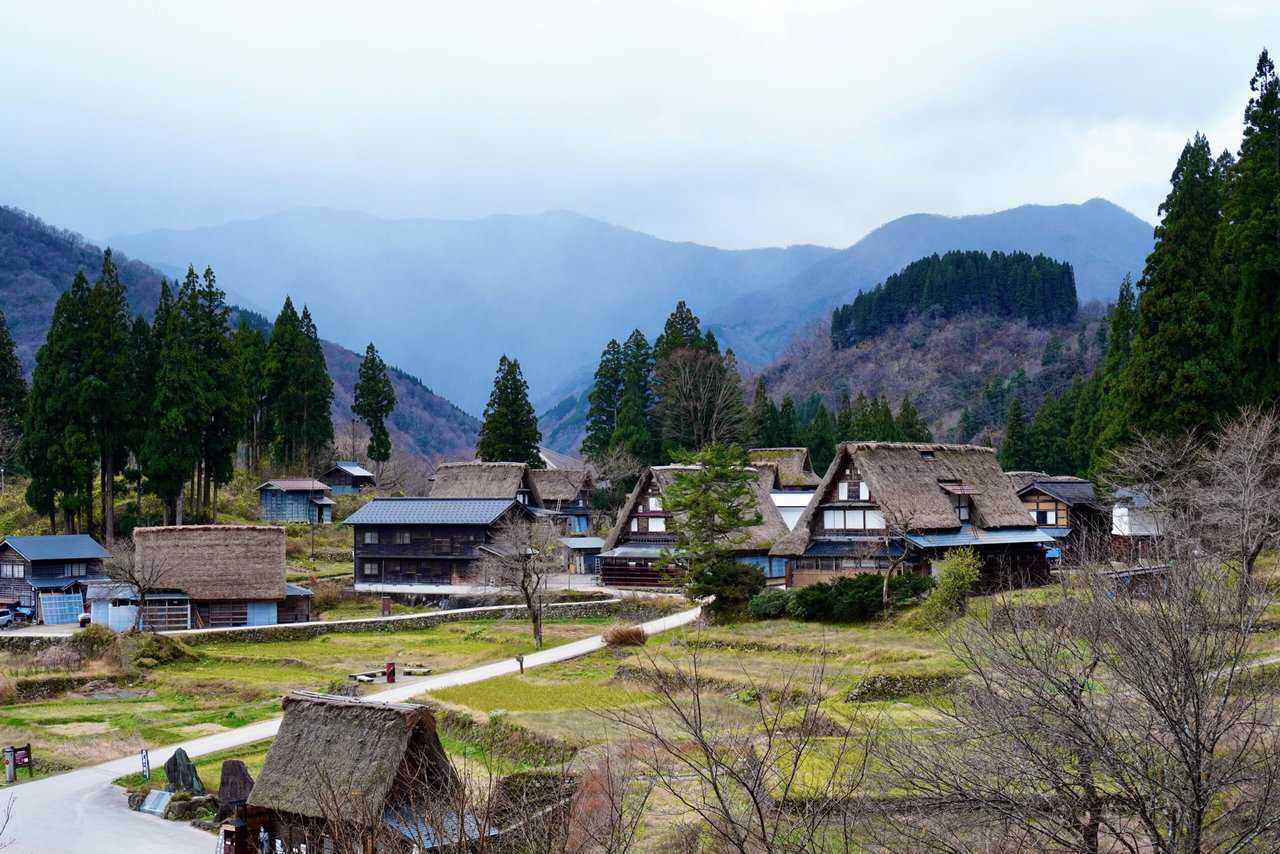Over the years, shinkansen train lines have expanded across the country, meaning you can easily explore more of Japan and into the off-the-beaten-track destinations. To make it even easier, the Hokuriku Arch Pass allows unlimited travel for seven consecutive days on the Hokuriku Shinkansen and all the other JR trains operating along the New Golden Route. This route starts from Tokyo and covers major stops in Nagano, Toyama, Kanazawa, Fukui, and Kyoto, before ending in Osaka. That’s a lot of ground to cover, so we will explore some of the highlights further north, looking at spots within Nagano, Toyama, Ishikawa, and Niigata prefectures.
What is the Hokuriku Arch Pass?
Hokuriku Arch Pass is a train pass that allows unlimited week-long travel on Hokuriku Shinkansen trains operated by JR East and JR West. The prefectures covered along the route include Tokyo, Saitama, Gunma, Nagano, Niigata, Toyama, Ishikawa, Fukui, Shiga, Kyoto, and Osaka. An online map on the JR West website details the stations covered by the Hokuriku Arch Pass. There is also a JNTO catalog of the highlights of the New Golden Route.
The pass is available to visitors to Japan with a temporary visitor entry status and can be used for seven consecutive days. The cost is 24,500 yen for passengers over 12 years old and 12,250 yen for children aged 6-11 (when purchased outside of Japan). The pass can be purchased at ticket offices in Japan or bought online (JR East website or JR West website).
This is part 2 of a series of 4 articles about Japan’s New Golden Route, serviced by the Hokuriku Arch Pass offered by JR West and JR East railways. This article will explore four prefectures: Nagano, Niigata, Toyama, and Ishikawa.
Take an Educational Nature Tour of Nagano Prefecture
While you may imagine snow-capped ski resorts and hot springs when thinking of Nagano, this mountainous prefecture is fast growing to become an ecological and environmental tourist destination for nature lovers seeking a deeper appreciation of Japan’s natural landscape.
Learn about Asiatic Black Bears at the Picchio Wildlife Research Center
While the town of Karuizawa is sophisticated and suave, it is also surrounded by beautiful forests, mountains, and all sorts of wildlife. The most notable of that wildlife are the birds and the bears, two of the specialties of the Picchio Wildlife Research Center.
Picchio was originally created by two bird-watching enthusiasts who wanted to share the wonders of Karuizawa’s birds with people through guided tours. Slowly over time, the facility expanded and became a research center as well as a place for eco-tours.

One of those tours is their Asiatic Black Bear Conservation Study Tour. The tour is immersive and dynamic and guided by trained experts. It starts with some background about the bears, exploring their typical cycles throughout the year, like hibernation and mating periods. The guides then drive you to various spots around Karuizawa, where they track and research bears. The tour is surprisingly hands-on, with a life-sized bear replica at one of the spots for you to weigh and a chance to meet one of their well-trained bear dogs!
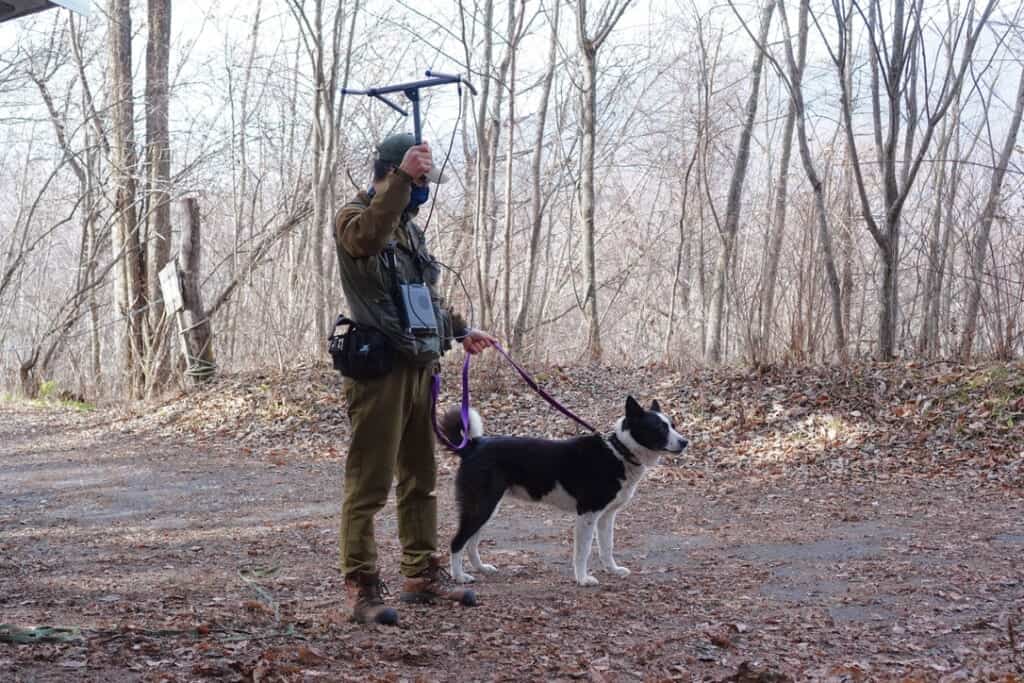
Throughout the entire tour, you can feel the love and dedication that the Picchio staff put into their work and just how much they want people to live in harmony with the bears.
Hike the Ontake Trail to Japan’s Second Largest Volcano
Standing at 3,067 meters above sea level, Mt. Ontake is the second largest volcano in Japan, second only to Mt. Fuji. It has a fascinating history surrounding it, with its very own religion going back centuries.
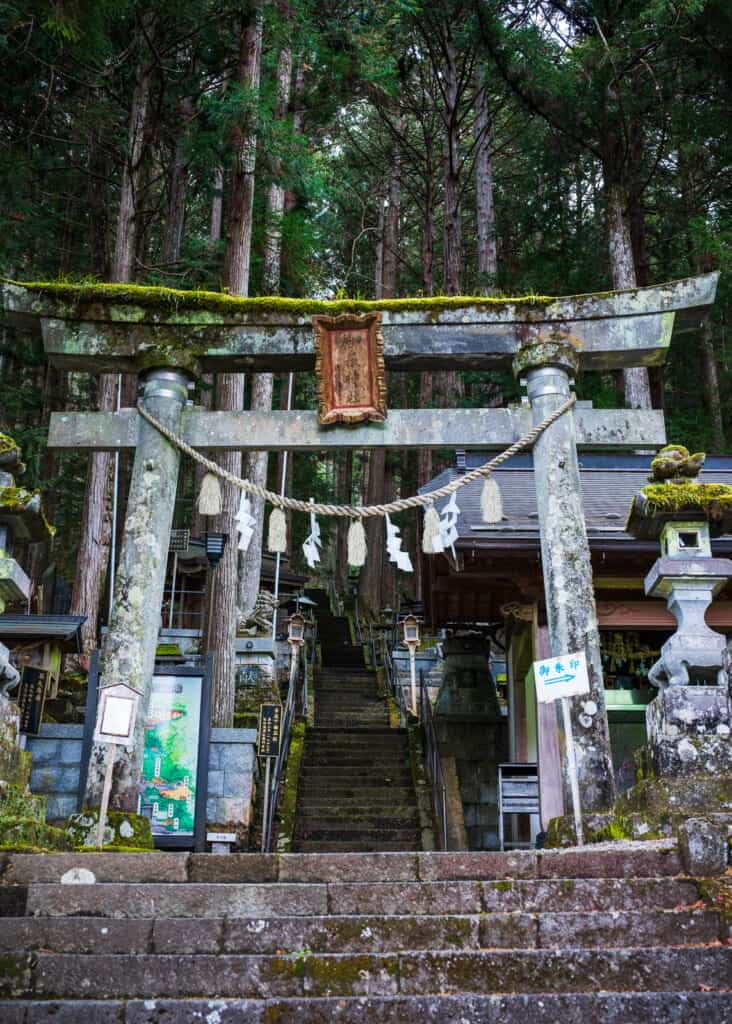
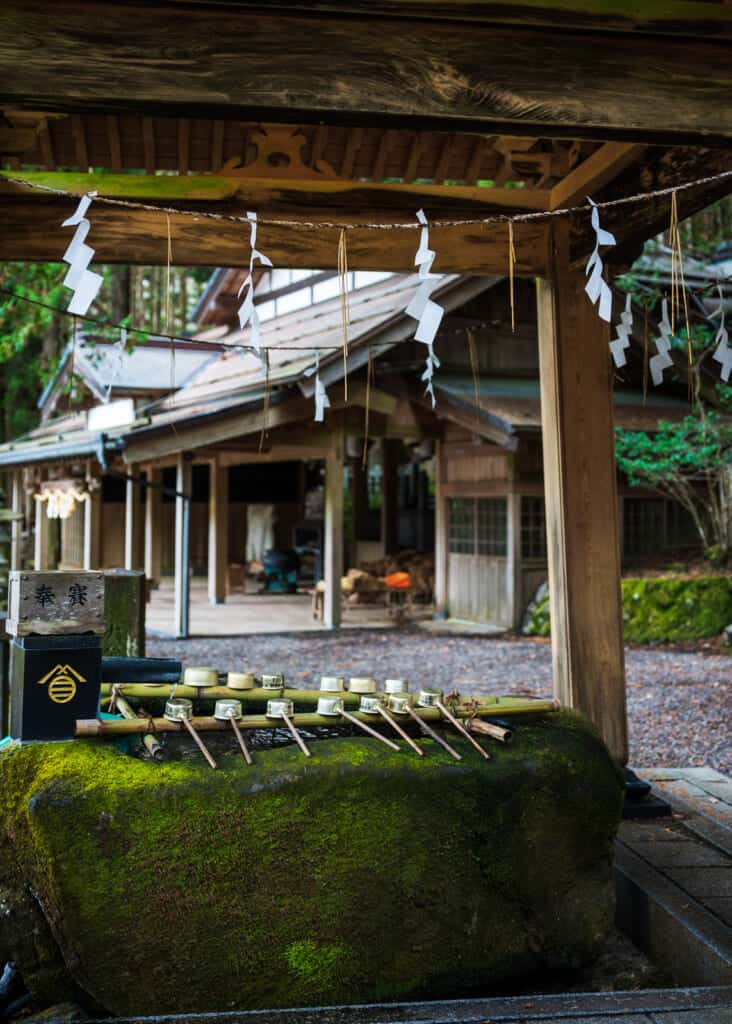
For Ontake worshippers, the focus has always been on the mountain itself rather than the icons of Shintoism or Buddhism. Because of this, there is an eclectic mix of Shinto and Buddhist imagery on the mountain.
On the mountain paths, you’ll also find a lot of large stone tablets called rei-jin-hi. They were put there by devout followers of the Ontake religion. If someone climbs Ontake a certain number of times, they can get permission from the temple to erect their own rei-jin-hi on the mountain, in the hopes that they can return to Mt. Ontake after death.
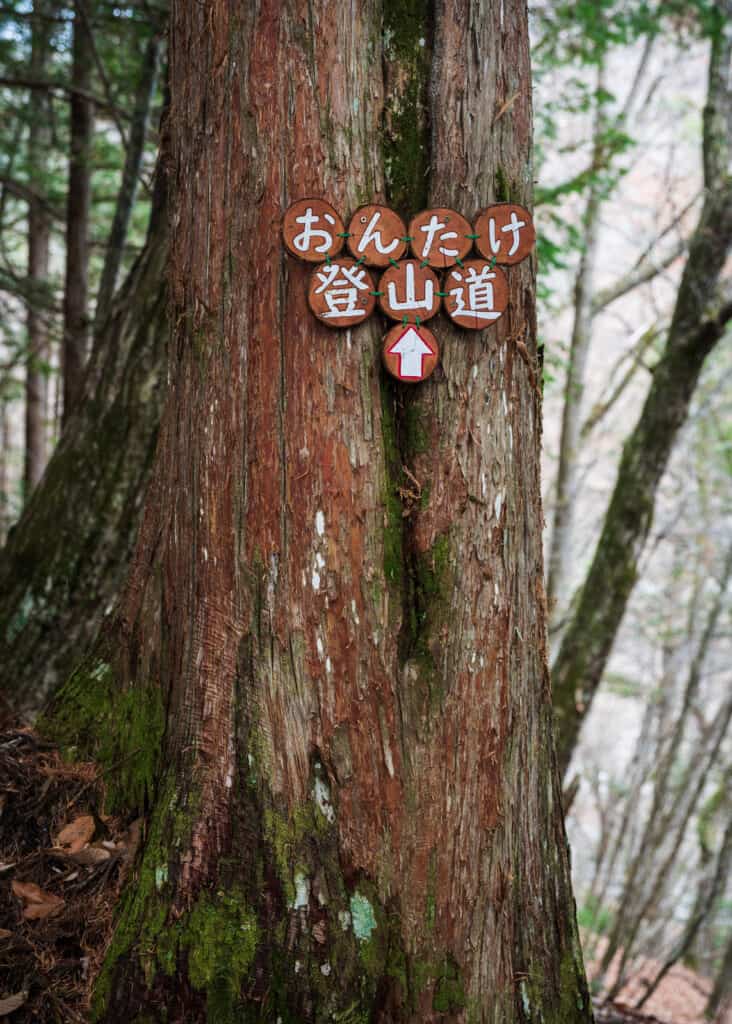
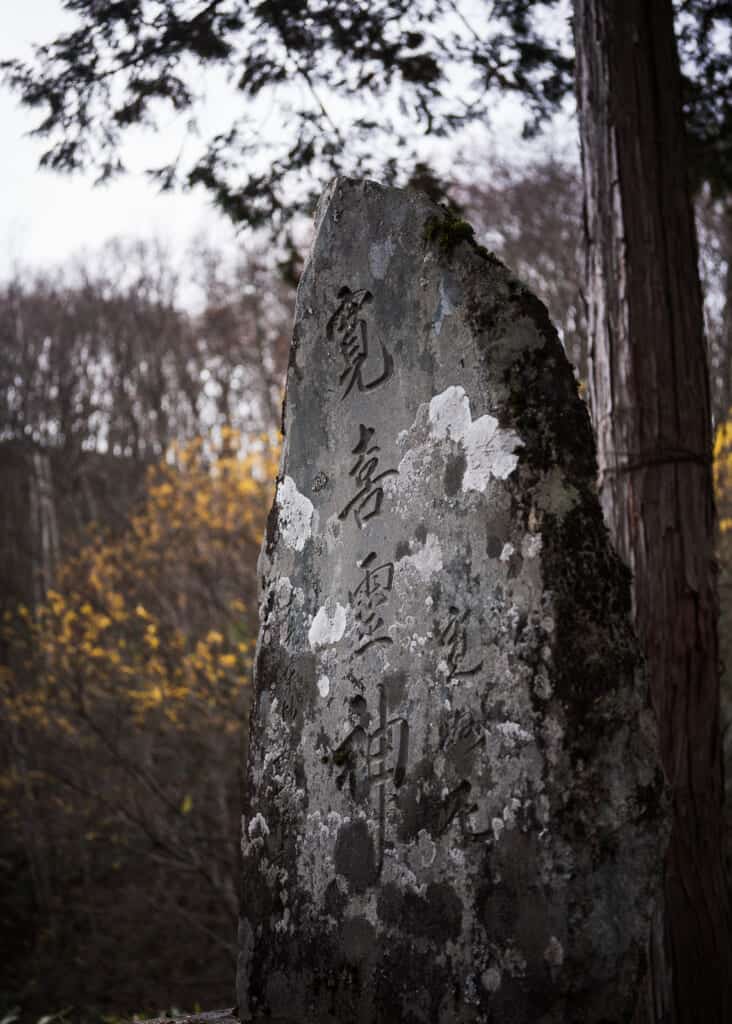
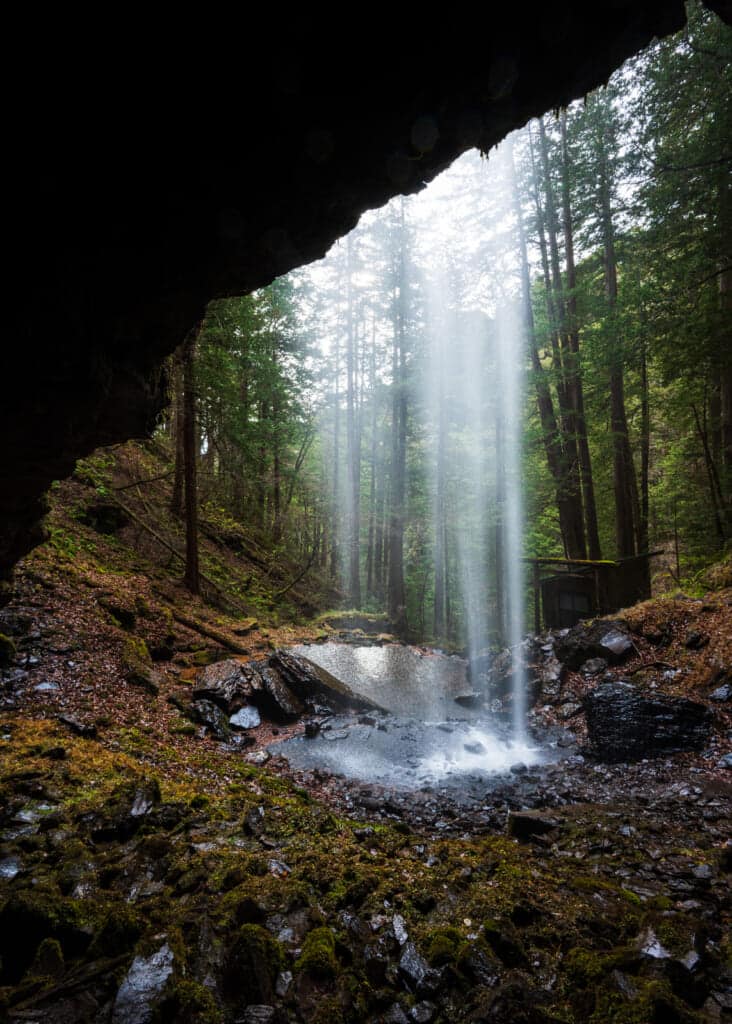
To explore the majesty of Mt. Ontake, you can hike one of the many trails from the foot of the mountain or get a head-start by taking the ropeway halfway and climbing the rest on foot.
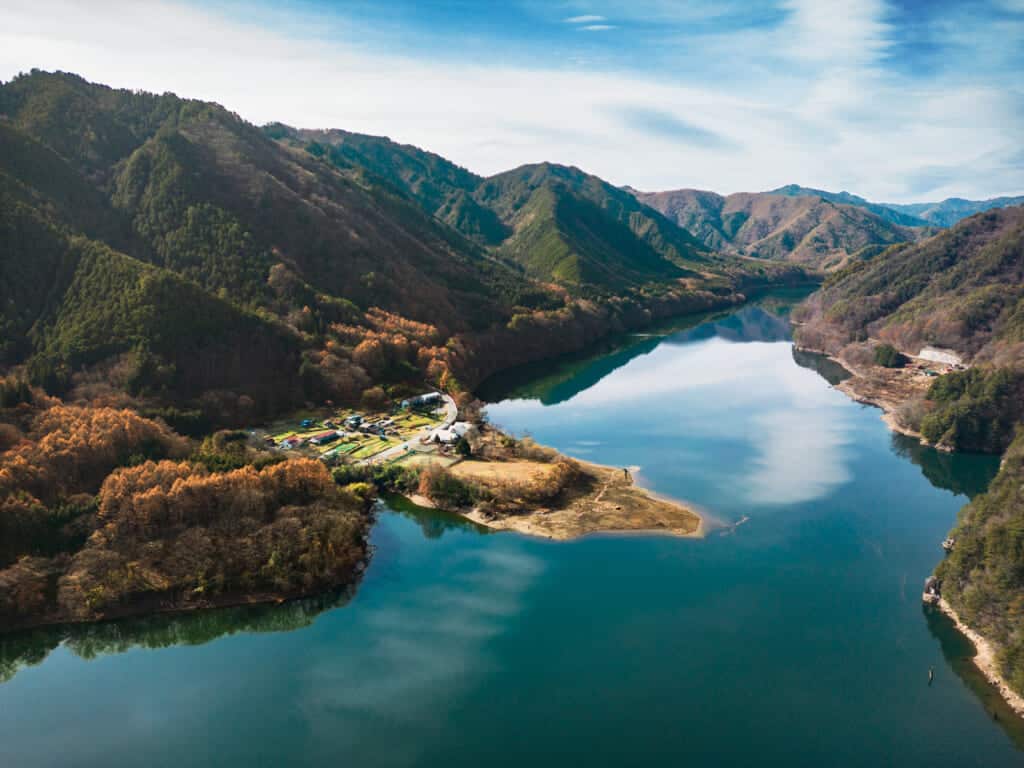
Explore the Coastal Prefecture of Niigata
A famous mackerel trading route, a fascinating modern art scene, and beautiful rice fields mark the coastal prefecture of Niigata prefecture. Situated on the Sea of Japan, Niigata can credit much of its historical and cultural bounty to the ocean, one that visitors can see for themselves during a visit to this region.
Fossa Magna Museum and Beachcombing for Jade
Speaking of mountains, Mt. Ontake would never have existed if it weren’t for the interesting geological phenomenon of the Fossa Magna. Latin for “Great Rift,” the Fossa Magna was once a large rift between the two halves of what we now call Japan’s Honshu region. Eventually, the two halves were fused by years of underwater volcanic eruptions, giving way to many of Japan’s famous mountains, including Mt. Fuji and Mt. Ontake.
All of this happened where the Oceanic and Continental Plates met, and below these two plates, in the hot, pressurized area, jadeite was formed millions of years ago and pushed to the surface.
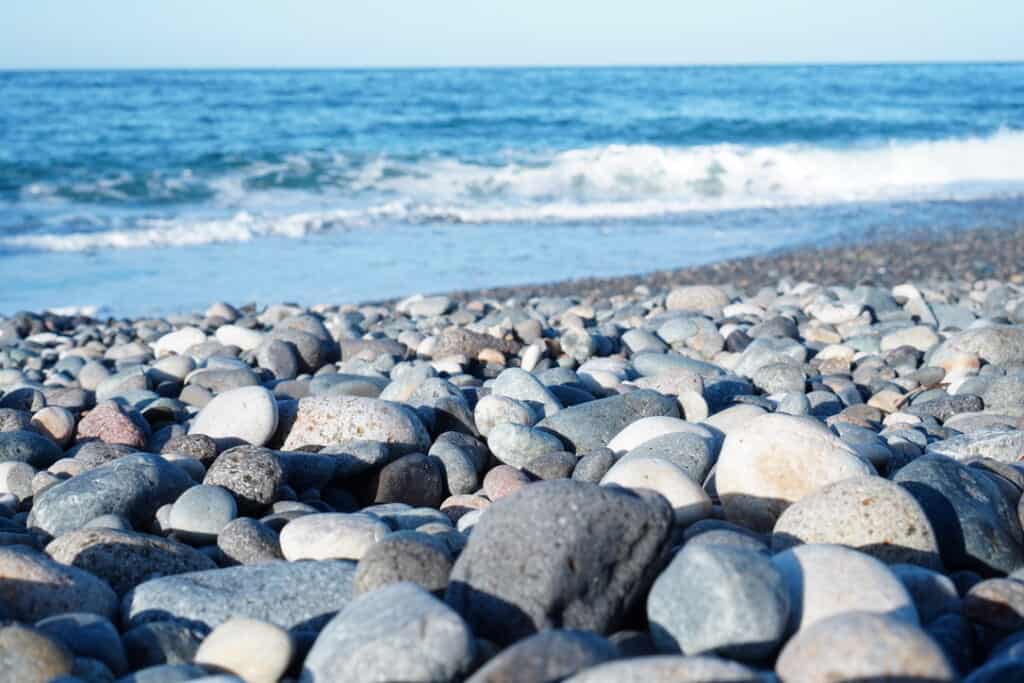
That jade regularly washes up on the shores of Itoigawa’s Jade Coast, where locals will race to collect the jade early in the morning. You can visit the coast to hunt for jade yourself, called “hisui” in Japanese, and then take your stones to the Fossa Magna Museum to appraise your own collection.
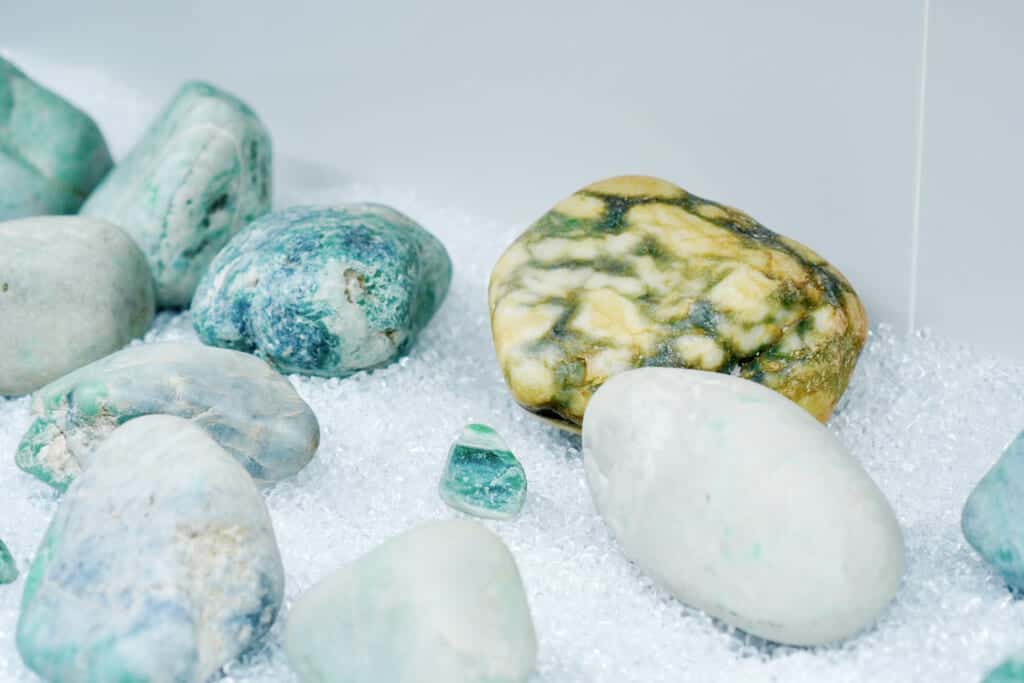
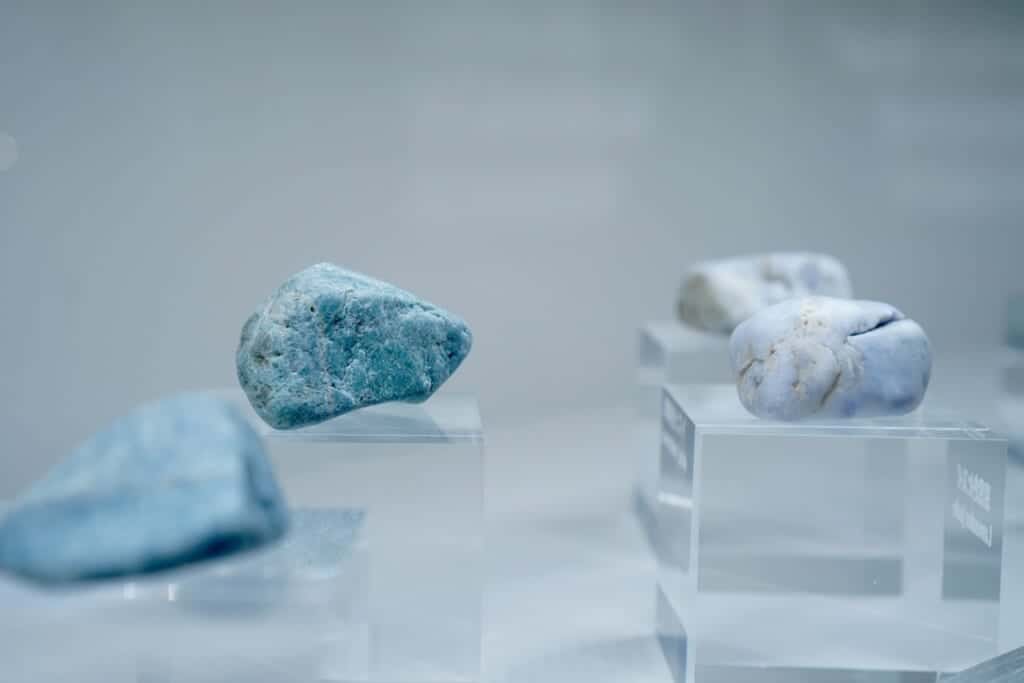
The modern and spacious museum is full of interesting history, geology, and geography about the region and goes into more depth about the Fossa Magna and jade’s cultural importance in the area.
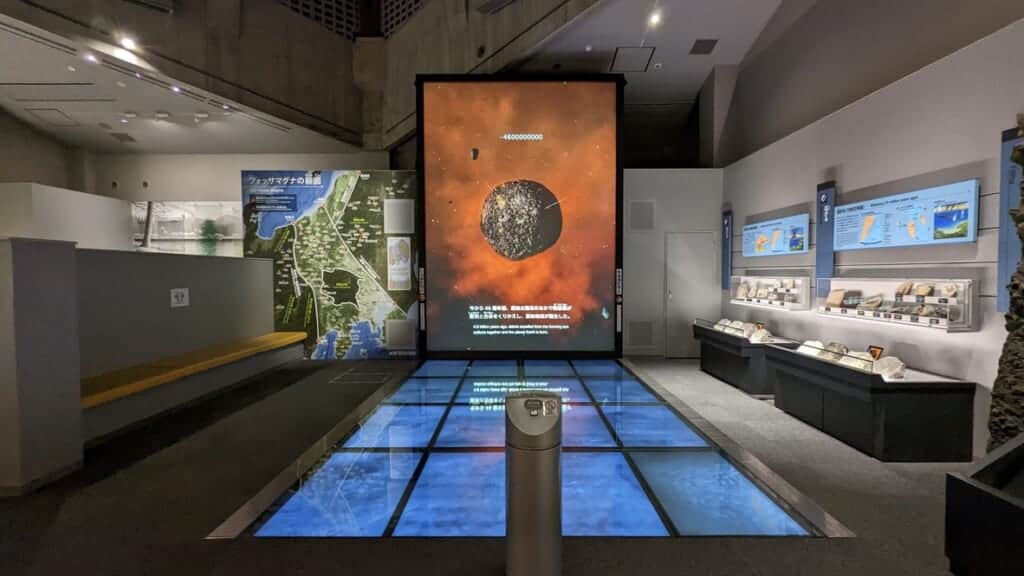
Sustainable Tourism on Sado Island
Sado Island is located off the coast of Niigata and was selected as one of the world’s “Top 100 Sustainable Tourism Destinations” in 2021. There are concerted efforts to create a space with rules for coexistence with flora and fauna of the island, like the elegant ibis, a white-feathered bird that has been reintroduced to the wild.
The island is a wonderful place to visit if you’re interested in nature and biodiversity, as there are lots of plants and vegetation of southern origin, despite the island’s northern location. This is even true of the sea life, as dolphins and whales have been spotted off the coast of Sado Island.
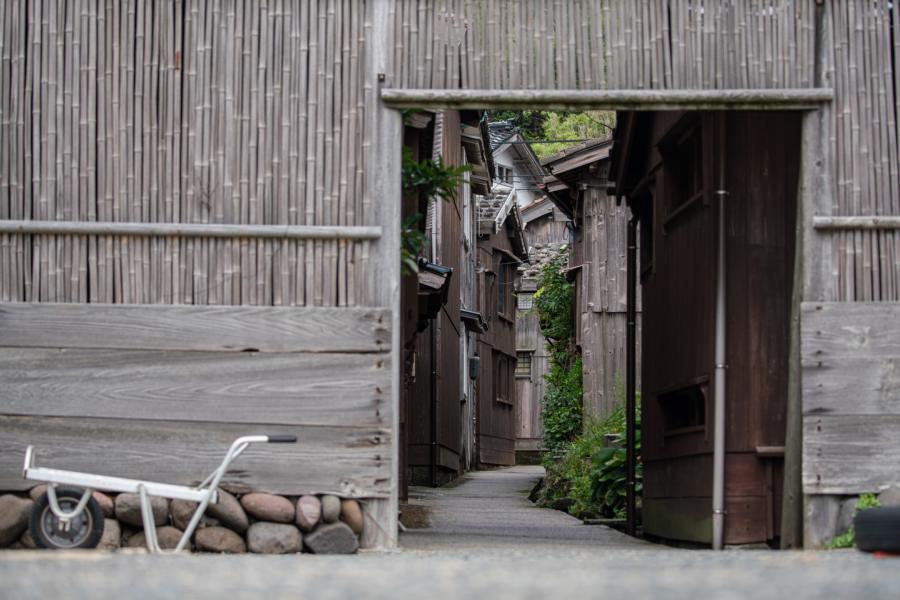
The island has been inhabited for 10,000 years, so it has developed a unique culture and way of life. At one time, the island was used as a place of exile for those who lost political strife, and with this, they brought the culture and way of life of Western Japan, like Kyoto, to the island.
Read more: Niigata’s Sado: An Island of Rich History, Culture, and Gold
Sample the Culture and Local Flavour in Toyama Prefecture
While Toyama prefecture may not make it onto many visitors’ Japan itineraries, they’ll be sorely missing out on this region’s growing contemporary gastronomy scene that has attracted a new savvy traveler looking to sample art and food inspired by the area itself. Let’s also not forget its traditional appeal, with the thatched-roof village of Gokayama offering a glimpse into traditional life in Japan.
Artful Meal at BiBiBi & JURULi
If you want to experience a hint of luxury and sophistication on your Hokuriku trip, BiBiBi & JURULi is a good place to start. This bright and spacious restaurant came onto the Toyama scene in 2021 and offers up delicious meals made with Toyama ingredients alongside stunning views of the land it came from.

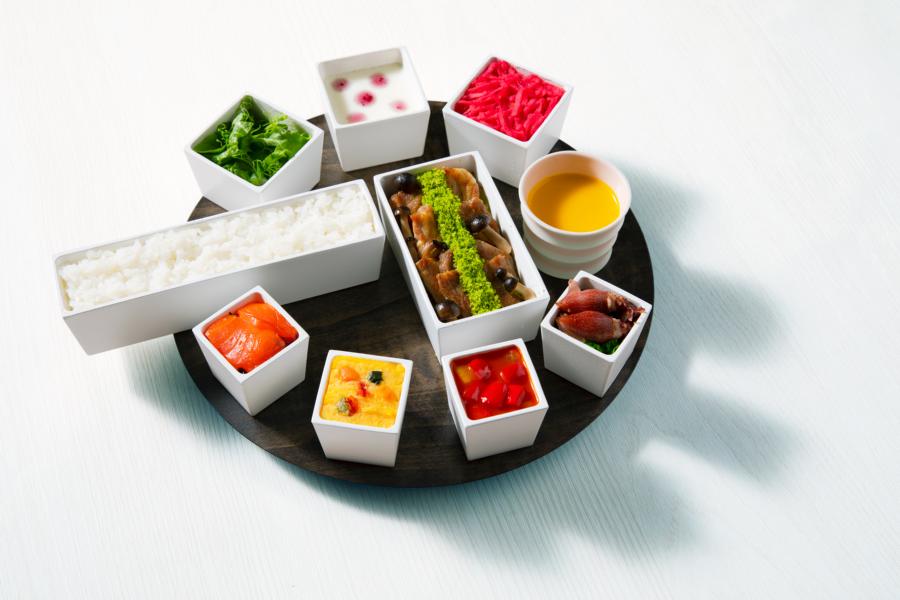
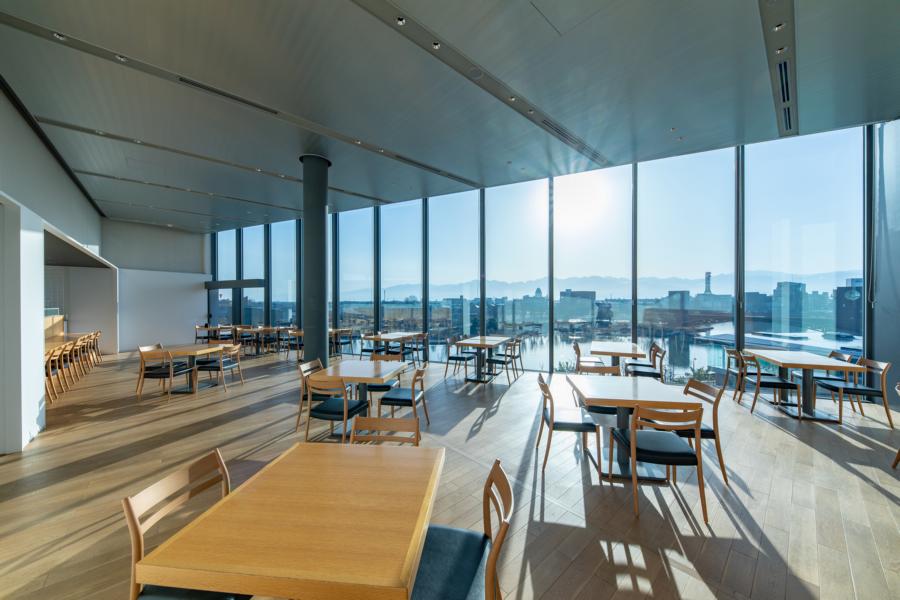
Eating at this restaurant is not just an experience for your taste buds but for all five senses, as they focus on “art and eat.” Their beautiful dishes are lovingly and artistically arranged on each plate, with vibrant colors from the fresh ingredients on the perfect backdrop of traditional Toyama tableware.
The menu is inspired by artworks from the Toyama Prefectural Museum of Art and Design, and artworks decorate the walls of the minimalist yet warm and welcoming restaurant.
Thatched Roof Village of Gokayama
Gokayama is an area southwest of Toyama prefecture where you can get a real-life snapshot of traditional life in its 40 small villages. But they might not be exactly what you expect of a Japanese village because they are filled with fairy-tale-like houses with thatched rooves, called gassho-zukuri.
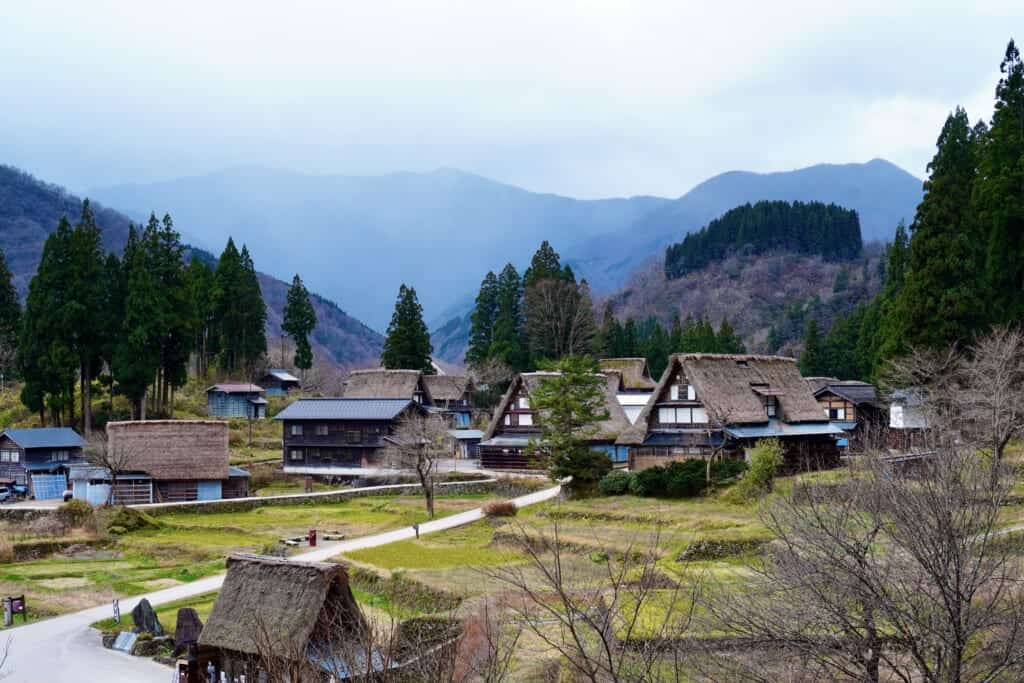
Two of those 40 villages are registered as world heritage sites: Ainokura and Suganuma. Ainokura is slightly larger and has various accommodation options, whereas Suganuma is smaller but has more shops and places to try out the local food.
The villages are beautiful year-round but are particularly popular in winter for their snowy mountains and snow-topped thatched rooves. Visiting off-peak times, like on a weekday, you can have the village almost completely to yourself and absorb the rural atmosphere at your own pace.
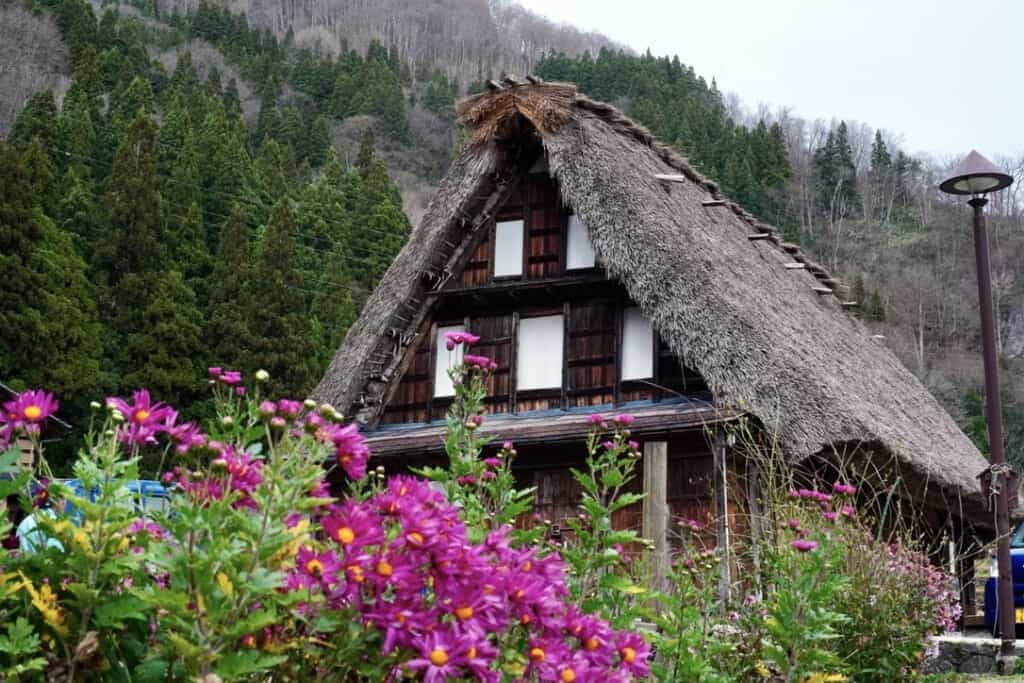
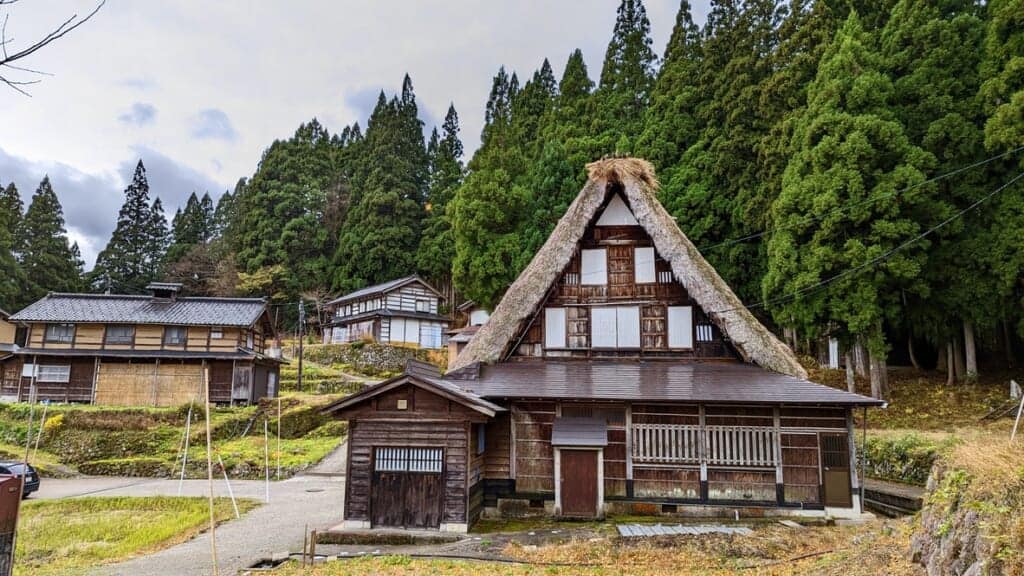
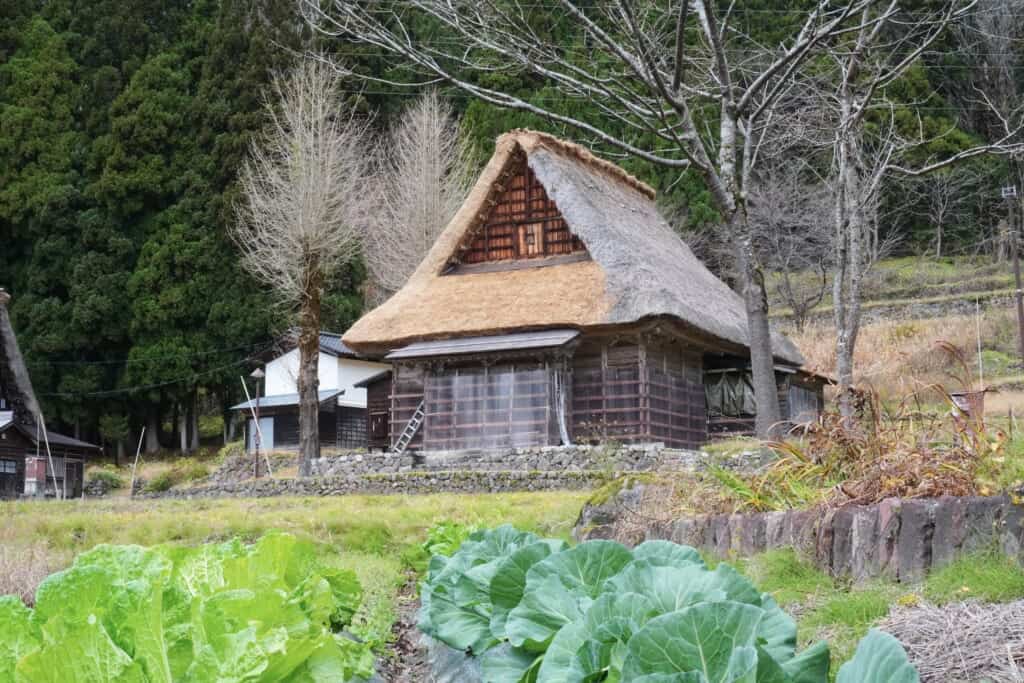
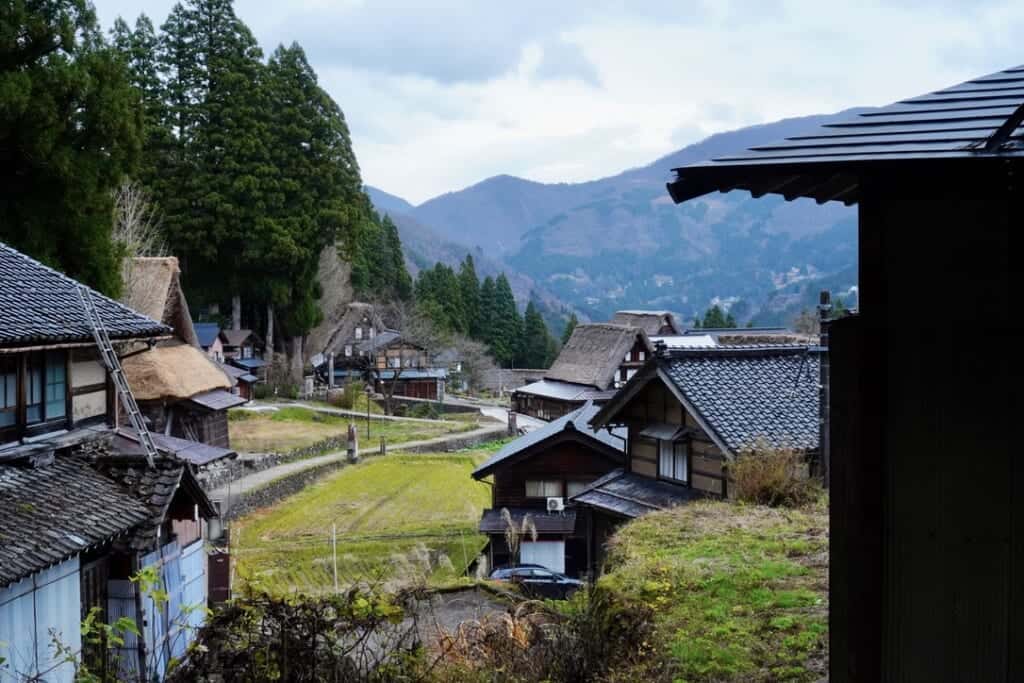
Take a breath of fresh air, and walk through the calm villages, letting the relaxed atmosphere lift the city stresses from your shoulders.
Experience an “Authentic” Japan in Ishikawa Prefecture
Kenroku-en Garden, one of Japan’s top three gardens, the gold leaf cuisine and contemporary art museums make up a small fraction of what makes Ishikawa prefecture. But look beyond the region’s main highlights, and you’ll discover an “authentic” Japan experience awaiting that’ll fully embrace you into Ishikawa’s rich history that made it one of the main cultural centers of Japan.
Spend the Evening in the Company of Geisha in Kanazawa
Japanese geisha have been around for centuries, but it has traditionally been very exclusive, and guests could only see performances through introductions, making it hard for international visitors to ever see one. To give international visitors a chance to experience such an integral part of Japanese culture, Teahouse Kaikaro began holding geisha evening events in the traditional town of Kanazawa in 2014 without the need for an introduction.
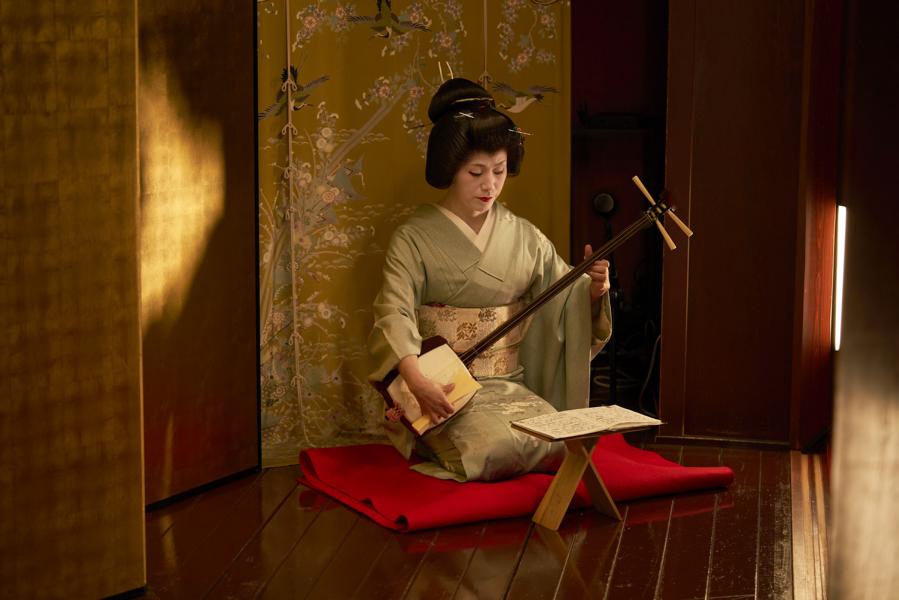
Wanting to create an authentic geisha experience, everything at Teahouse Kaikaro is order-made and steeped in local culture. The house is over 200 years old and is the largest chaya teahouse in Kanazawa. Many of the items used in the performances are locally made, such as the beautiful kimono worn by the geisha, which is made with Kaga Yuzen, an intricate dyeing technique unique to the region.
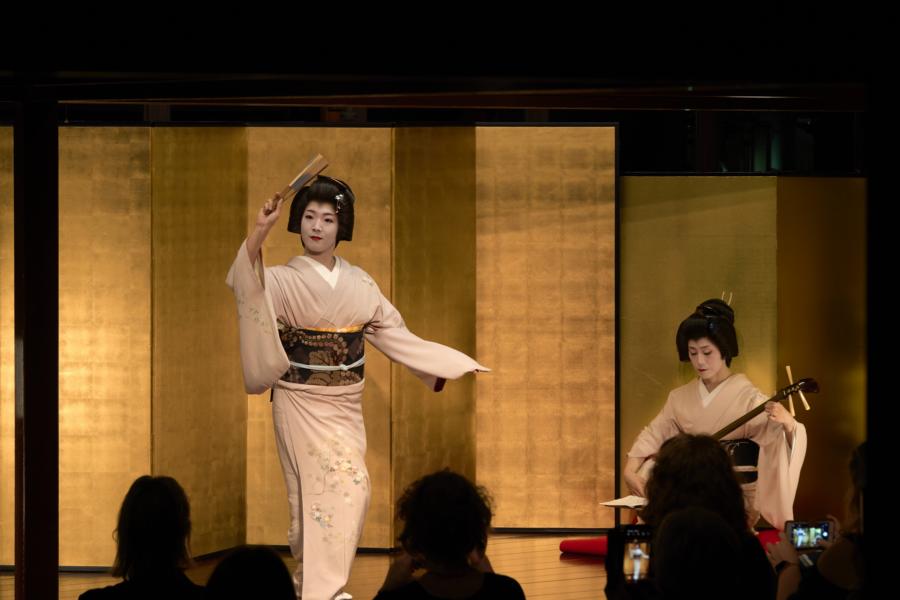
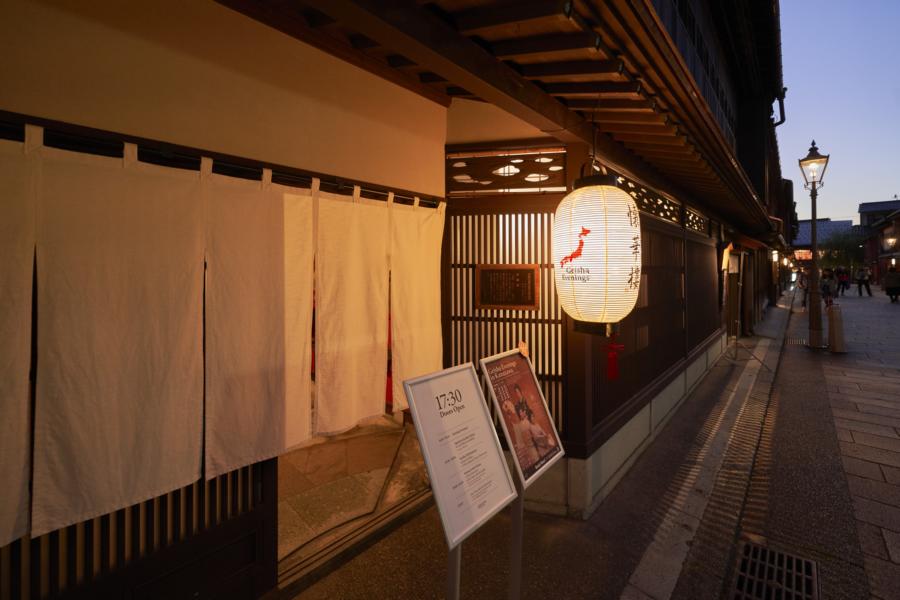
Here the landlady, Lady Baba, has taught herself English to fully express herself to the international guests, allowing her to start each event with a special speech. It also makes it easier to take part in the games and events!
A Japanese Home Experience in the Countryside at Shunran no Sato
Staying at a minshuku guest house in Japan is the closest you can get to staying at a Japanese home without simply inviting yourself around! Shunran no Sato is a minshuku located deep in the Noto countryside and is as cozy and local as it gets. In the colder months, you will be greeted by a nicely warmed room with a hot water bottle on the futon and tea heated over the traditional fireplace.
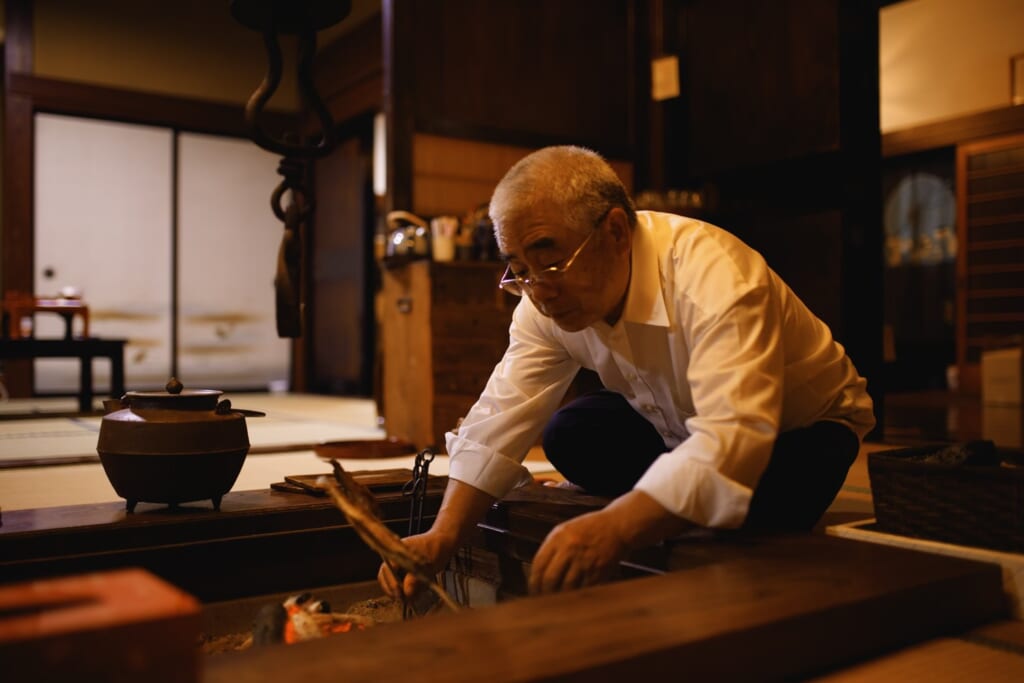
The owners, Mr. and Mrs. Tada, may not be well-versed in English, but they do everything to make any guest feel welcome, no matter where they come from. They may both sit down with you for dinner and lunch, which is lovingly prepared by Mrs. Tada using local ingredients.
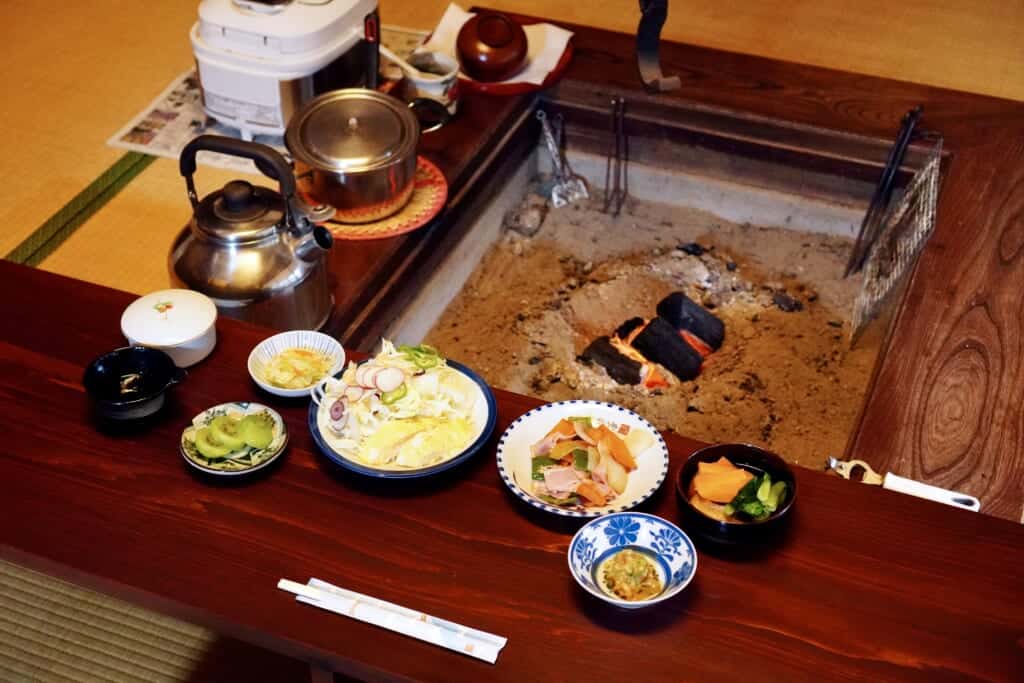
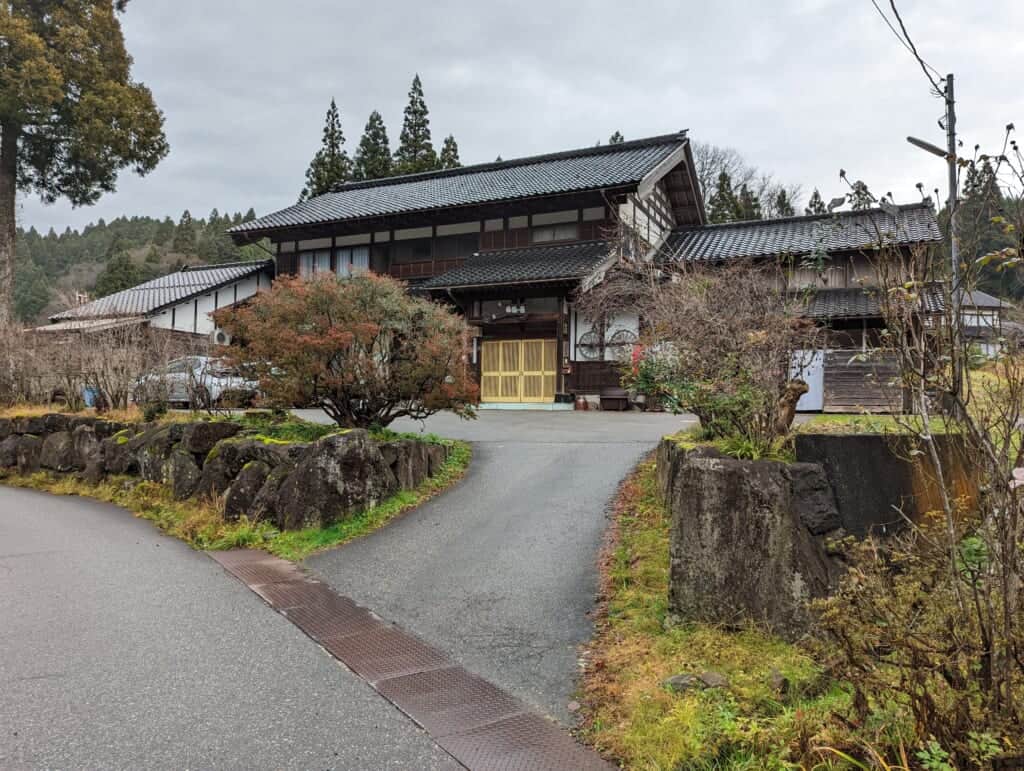
After a dinner of local Noto cuisine, you can rest your tired bones in their spacious private bath and melt your troubles away. This is a great way to try out a Japanese bath without worrying about bathing in front of others, like at regular public baths.
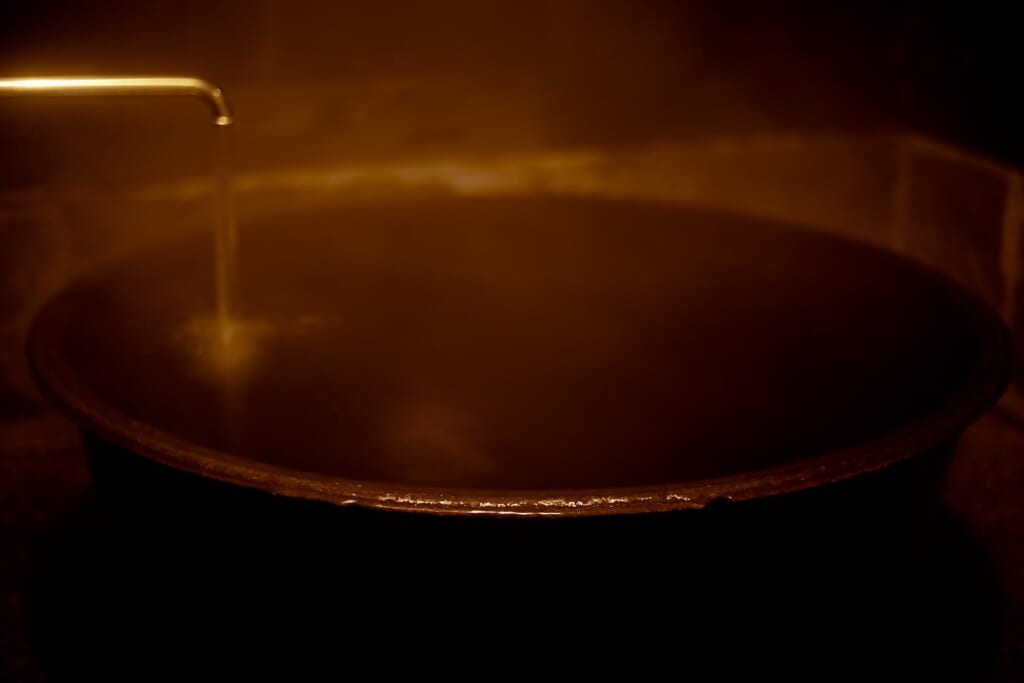
After a restful sleep, you can also participate in a mindfulness experience at the local temple at Taisei-in. Meditating in this quiet temple surrounded by forest is an experience like no other. Seated on a small cushion, you will remain silent for 40 minutes, keeping good posture and focussing on one spot. But what comes in and out of your mind is up to you and up to the whims of meditation.
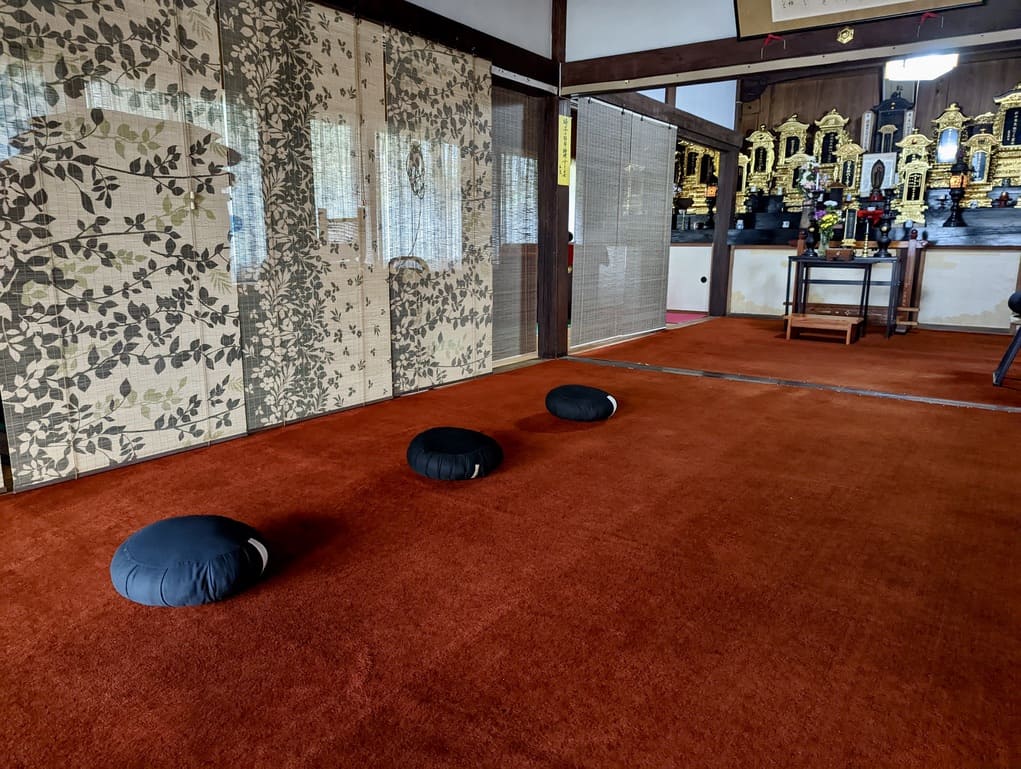
How to Get Around
All sites listed in this article can mostly be reached by JR trains covered by Hokuriku Arch Pass with occasional transfer to other train/bus lines. The Hokuriku Arch Pass covers travel from Narita Airport and Kansai International Airport to all of the areas listed above and more for a period of seven consecutive days.
These spots are just a glimpse of the lesser-known interesting spots you can visit on Japan’s New Golden Route, so get exploring and find out what other adventures await!
Sponsored by Tokyo, Saitama Prefecture, Gunma Prefecture, Nigata Prefecture, Nagano Prefecture, Toyama Prefecture, Gifu Prefecture, Ishikawa Prefecture, Fukui Prefecture,Shiga Prefecture, Kyoto, Osaka, JR EAST, JR WEST


